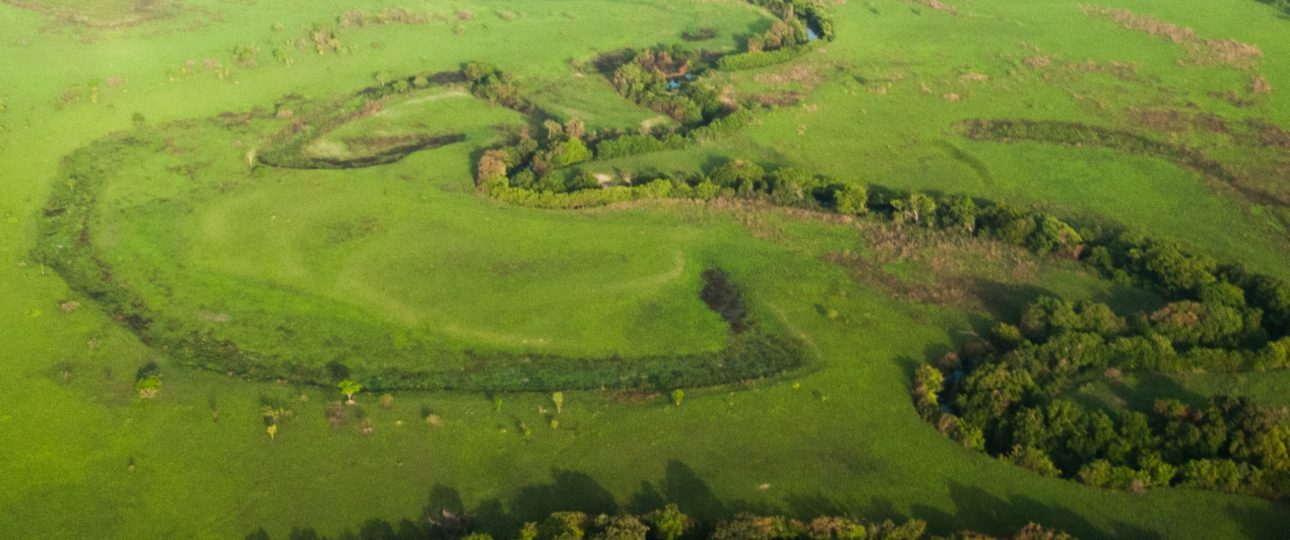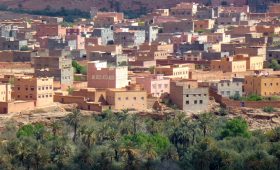Chinko Nature Reserve: A Journey into the Wild
Discovering Chinko Nature Reserve
Chinko Nature Reserve, also known as the Chinko Project Area, is a vast protected region in the southeastern Central African Republic. Managed by the nonprofit African Parks since December 2014, this reserve spans approximately 17,600 square kilometers (or nearly 7,000 square miles). The management is part of a fifty-year public-private partnership with the Ministry of Water, Forest, Hunting, and Fishing. This collaboration aims to preserve the area’s rich biodiversity and unique ecosystems.
Landscape and Terrain
Situated on a volcanic plateau about 2,000 feet (610 meters) above sea level, Chinko boasts a diverse landscape of savannahs, wetlands, and dense forests. The erosion of Precambrian bedrock has resulted in fertile alluvial soil, supporting a wide variety of plant and animal life. The reserve’s abundant freshwater sources further enhance its ecological richness, making it a critical habitat for numerous species.
Wildlife and Biodiversity
Chinko is a sanctuary for many endangered species, including African elephants, giraffes, and leopards. Birdwatchers will be delighted by the presence of over 400 bird species. The reserve’s diverse ecosystems provide a safe haven for these animals, contributing to the conservation efforts spearheaded by African Parks.
Adventure at Camp Chinko
For those seeking an immersive experience, Camp Chinko offers a unique opportunity to explore this remote wilderness. Operated by the Central African Adventure Company, the camp is located along the Chinko River within the reserve. Managed by Ed Ghaui, a passionate adventure enthusiast, the camp provides an authentic and adventurous setting with its insect-proof mess tent, sleeping tents, and fly camping accommodations. Note that there is no internet or cell phone signal, allowing for a true escape into nature.
Food and Service
Despite its remote location, Camp Chinko ensures guests are well-fed with hearty meals and cold drinks, thanks to solar-powered fridges and freezers. The camp staff, from the manager to the guides, are known for their excellent service and hospitality, enhancing the overall experience.
Exploring the Reserve
Safari Adventures
Visitors can embark on guided walking safaris or game drives to witness wildlife in their natural habitat. Knowledgeable guides provide insights into the reserve’s ecosystems and the behavior of its inhabitants, ensuring a memorable adventure.
Best Time to Visit
The optimal time to explore Chinko Nature Reserve is during the dry season, from December to March. During this period, the weather is pleasant, and wildlife sightings are more frequent. However, the reserve is open year-round, with each season offering its own unique experiences.
Getting There
By Air
The most convenient way to reach Chinko is by flying into Bangui M’Poko International Airport. From there, charter flights can be arranged to the reserve’s airstrip. It’s advisable to book flights in advance due to limited availability.
By Road
For those seeking a more adventurous journey, a scenic drive from Bangui to the reserve is possible. Hiring a 4×4 vehicle is recommended to navigate the rugged terrain. While challenging, the journey offers stunning landscapes and a deeper connection to the region.
Summary of Facts
- Chinko Nature Reserve is located in southeastern Central African Republic.
- It covers approximately 17,600 square kilometers, making it one of Africa’s largest protected areas.
- The reserve features diverse ecosystems, including savannahs, wetlands, and forests.
- It is a sanctuary for endangered species like elephants, giraffes, and leopards.
- Over 400 bird species inhabit the reserve.
- The best time to visit is during the dry season, from December to March.
- Access is possible via charter flights from Bangui M’Poko International Airport or by road with a 4×4 vehicle.



